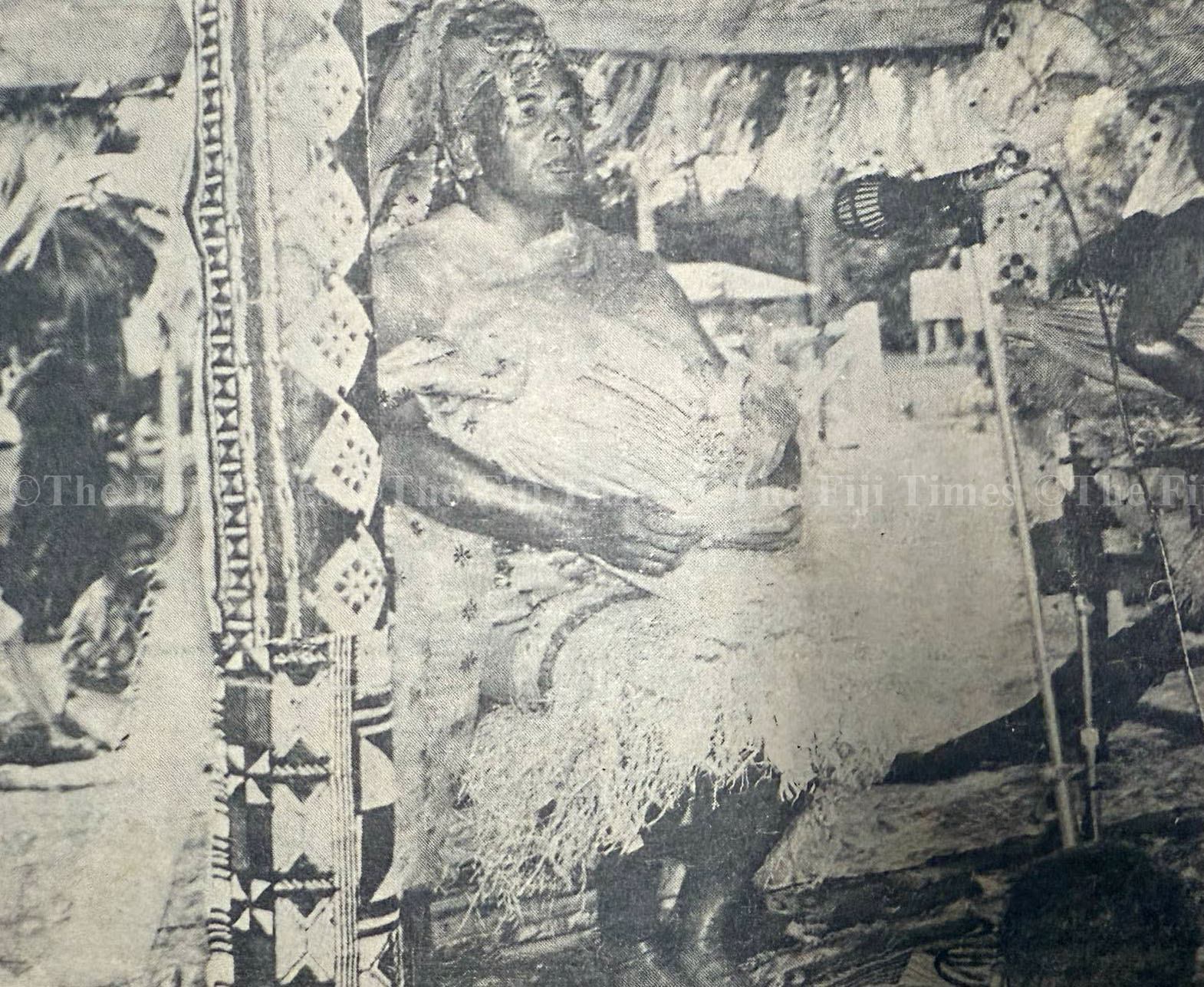Fifty-six years ago, under the shadow of Delaiwawa Mountain, a young Chief Minister named Ratu Sir Kamisese Mara was installed as Tui Nayau — a sacred title that placed him at the spiritual and political helm of the Lau Group.
Next month, his son, Ratu Tevita Uluilakeba Mara — commonly known as Roko Ului, will take on that same chiefly mantle.
In anticipation of this significant event, The Fiji Times will reprint historic photographs and reflections from the 1969 installation ceremony.
A report filed by the late journalist and editor Stan Ritova that was sent after a horseback journey to a remote radio telephone, remains a vivid time capsule of a moment when ancient tradition met modern leadership.
The late Ritova’s report informs the article below.
A ceremony steeped in custom
Back in July 1969, Ratu Sir Kamisese Mara, then Chief Minister, ascended the path to the installation grounds on foot, refusing to be carried, just as his father Ratu Tevita Uluilakeba, had done before him.
It was a symbolic gesture of humility and strength.
He was adorned in masi Tui, with Adi Lala Mara seated quietly beside him.
A turban of masi was wrapped around his head by Iliesa Taloulou, whose lineage had long held the honour of installing the Tui Nayau.
The same strip of masi, used in generations past, was tied around the Chief Minister’s left arm.
Women from the three villages of Nayau lined the masi-covered approach. After the ceremonial yaqona was consumed, the new Tui Nayau was carried back down the hill on a decorated litter.
Though traditional protocols called for the masi armlet to be worn for four nights, Ratu Sir Kamisese sought permission to wear it for just one, owing to the demands of State duties.
This request was respectfully granted by the Nayau chiefs.
Looking ahead
With Ratu Tevita (Roko Ului) set to be installed next month, many traditions from his father’s ceremony are expected to be mirrored — possibly the same sacred masi, the same village procession, and the enduring spirit of continuity between generations.
As Fiji prepares to witness this historic chiefly succession, The Fiji Times invites readers to revisit one of the most storied moments in the nation’s modern history.
Through rare archival images and first-hand reporting, we will share the pride, symbolism, and chiefly dignity that marked the 1969 installation and offer a lens through which to understand what lies ahead.
Keep an eye on our upcoming print and digital editions for a special feature: “The Return of the Tui Nayau: From Ratu Sir Kamisese to Roko Ului.”



